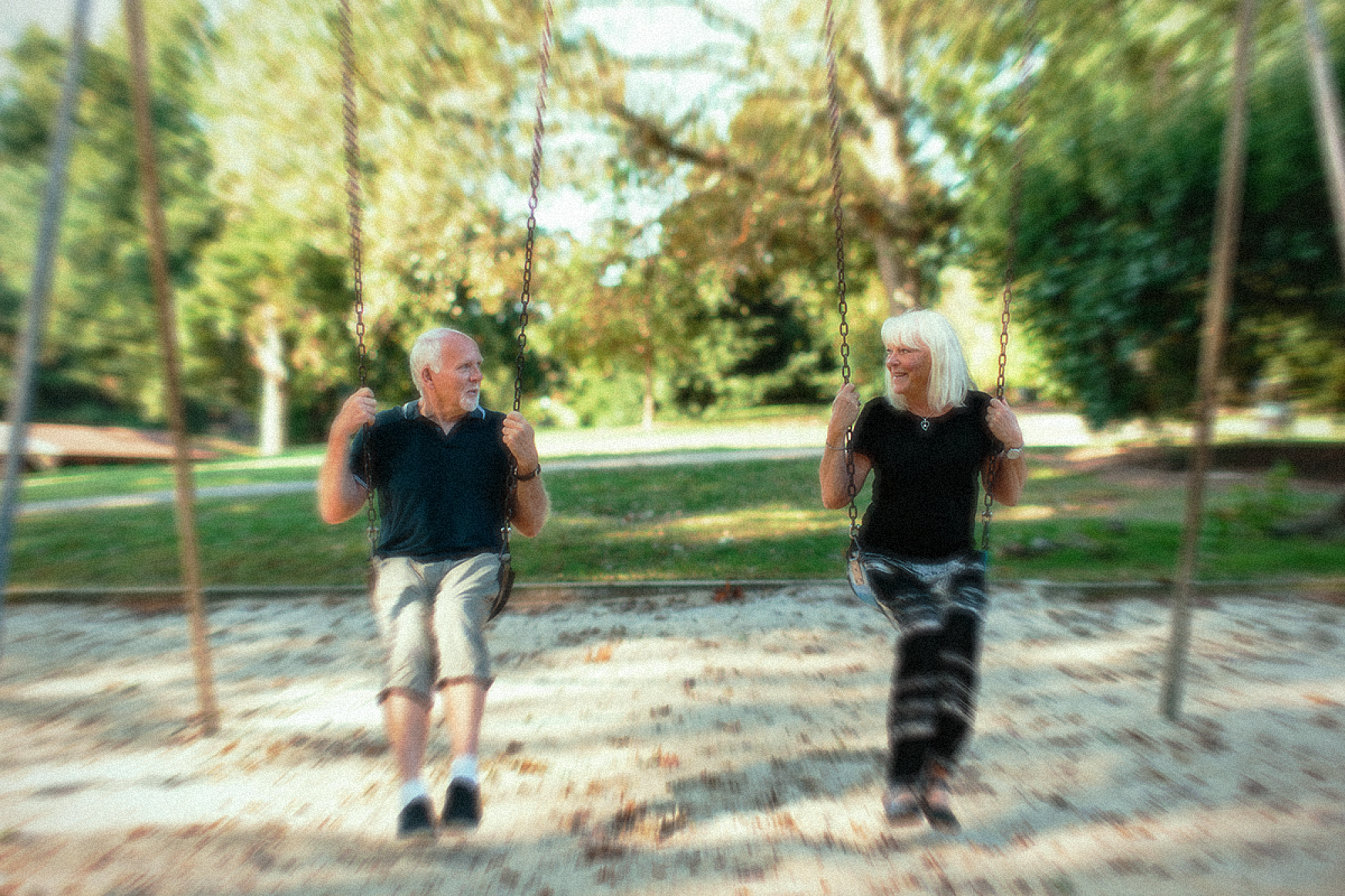Why are online communities so important and how can brands show up for audiences online?
Online communities have been a part of the internet since Tim Berners-Lee invented the WWW, mirroring—and even deepening—the personal connections we forge IRL. From the chatting forums of the ‘80s and ‘90s to the virtual gaming worlds of the early 2000s like Neopets and Habbo Hotel, to the sub-groups we see today on channels like Twitter and Discord, and even DAOs springing up to crowdsource cryptocurrency for a shared Web3 vision, people are drawn to spaces online where they can connect, interact and build with those with similar interests. According to Reddit’s “The Era of We” report, 76% of people around the world are a part of an online community.
And while big apps like Facebook, Instagram and YouTube are at the forefront of social media culture, some people—especially Gen Zers—are also looking for alternative spaces online that both reflect their individual interests and spaces where they can find a tribe of like-minded people. From cottagecore to audiophiles, gamers, polyglots, music enthusiasts and beyond, niche communities and subcultures are slowly taking over the internet.
Taking the time to learn about these communities, why so many people are a part of one, and their importance in people’s lives is key to understanding their power in the marketing world. Without community, marketing would likely be completely different from what it is today—fans wouldn’t be able to find other fans outside their inner circle, brands and consumers would have trouble communicating, and buzz about any new release or announcement would be essentially sent into the void. The future of brands lies in recognizing the power of organic connection within a community and the positive impact it can have on campaigns and activations and having a hand in building or amplifying it. Before deep diving into various online communities, first, one can begin by looking at the past—specifically, the ‘80s—for some key learnings.
Community 1.0
The WELL, short for The Whole Earth 'Lectronic Link, was founded in 1985 as a bulletin board-esque space where people could converse in “conferences” (aka virtual message boards) about anything from gardening to music to current events, recreation, obsessions and beyond. What made The WELL so special was that users were encouraged to open up with one another in dedicated safe spaces on the site. There was a confessional board where members could tell personal stories (only registered site members could read these), and later, meetups began sprouting up where users could chat in the flesh. Building connections was the key link on the site, and the memories the members made together left a lasting impact. In a 2012 piece for The Atlantic, one of the WELL’s first community members, author Howard Rheingold, wrote about his memories as a “WELLbeing” (the name for users on the site): “I danced at three weddings of WELLbeings...attended four funerals, brought food and companionship to the bedside of a dying WELLbeing on one occasion.” “Don't tell me that ‘real communities’ can't happen online.” In a world where the Internet was still a niche interest, the WELL was cultivating lifelong friendships through genuine interactions and vulnerability.
My Top 8
As the Internet grew throughout the ’90s and early 2000s, along with it came a plethora of iconic chatting and social platforms like IRC (1988), AIM (1997) and MySpace (2003), plus major e-commerce sites like eBay (1995) and more. Gaming sites with large fandom communities like Gaia Online and VMK were also everywhere, and were harbingers of what was to come nearly two decades later with the rise of Web3. With larger platforms like the above gaining users as each year passed, people from anywhere could chat amongst friends, colleagues and roommates, and network and cultivate relationships with new people, however niche the topic. The internet also offers an element of accessibility and an added layer of protection to those who’d rather remain anonymous when forming friendships online. In a piece about online friendships and their value, psychologist Leanne Hall notes that “people can often open up a bit more” online when there’s an element of anonymity present. Being anonymous online and talking to others while hiding behind an icon or username takes the pressure off the physical and puts focus on people’s words and emotions, allowing people to speak more freely.
The Rise of the Ultra-Niche
Nowadays if someone is looking to join a community, there are quite literally endless options to meet like-minded people. Take Reddit, for example. Anyone can search a keyword or phrase related to a community they’re looking for and it’ll likely pop up. If you’re into piercings or need to check if your piercer pierced you correctly, r/piercing is the place to be. Obsessed with reading? No worries, just head to TikTok and type in #BookTok (87B+ views) to find information about new and rising authors, book recommendations, and like-minded creators to follow. The spending power of communities with their own hashtags like #BookTok should not be underestimated either. In a report from BookScan, it was estimated that the “#BookTok [community] helped authors sell 20 million printed books in 2021, and 2022 is on track to be even better, with sales up another 50 percent.” The internet has allowed more people than ever before to stay connected, and there’s no better place to tap into culture than by keeping an eye on the communities that shape it.
Ultra-niche communities can also take on other forms, including diehard brand fans who post content about their favorite items or finds. Take #client Walmart, whose supporters on Instagram have created their own mini communities around the brand like @walmartfavs (128K+ followers) and @walmarting (114K+ followers). There’s also brands who have shown up online by starting their own community spaces for consumers. For major cosmetics retailer Sephora, the creation of their Beauty Insider Community has seen great success. Created as a space where beauty lovers and customers can “find inspiration, ask questions and get recommendations in…a ‘real talk’ social setting,” the retailer has made an accessible space, allowing their over five million current users to connect with others like them at any time for free.
The Future of Online Community Building & How Brands Can Show Up
When looking to the future of online communities, Web3—an ecosystem built using decentralized blockchain technology—has established itself as a new frontier. NFTs are being made left and right, and popular TV shows like Netflix’s Stranger Things and brands like #client Nike and Chipotle have joined Roblox. There’s even an increasing number of Web3 activations being marketed towards communities with larger fandoms—some of which go beyond the screen, enticing fans to experience the brand IRL. For #client Chipotle for example, the restaurant chain added an IRL component to their Halloween-themed experience, The Chipotle Boorito Maze, by giving players the chance to win codes for a free burrito that they could redeem in the real world. By bridging the gap between the virtual and the physical, Chipotle put emphasis on genuine interaction that would bring people together in a fun and safe way.
By looking at Web3, marketers can see how brand initiatives with playful rewards and interactions allow brands to show up organically in a community online. Brands should go beyond the product, forming connections with consumers, and creating spaces where people can show up excited about a product/event/experience/etc. Because at the end of the day, behind every user ID, avatar and icon is a person on the other side looking for connection.




